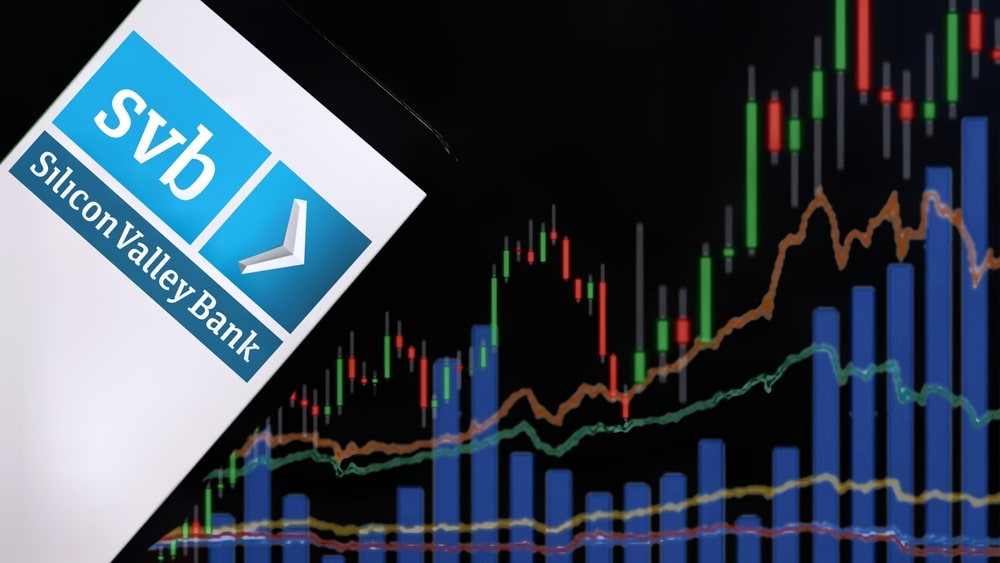
HSBC purchased the UK arm of Silicon Valley Bank (SVB) for £1 following the collapse of the parent company over the weekend due to a bank run, following concerns about SVB’s financial health.
The move comes following a frenzy of activity over the weekend involving the UK Government, The Bank of England and the Prudential Regulatory Authority (PRA) to protect the 3,000 UK clients who have deposits with SVB UK.
SVB UK is a leading investor in UK tech firms, with an estimated $6.7bn in deposits and £5.5bn in loans and has invested in numerous companies over the years including HelloFresh and MoonPig.
Many of the firms who have deposits with SVB UK are below the £85,000 threshold that is covered by the financial insurance scheme, meaning that they are not covered.
Unlike many other banks, SVB’s main customers are businesses, who use funds from the bank to pay their staff and run their businesses. So, given the tech sector’s crucial role to the UK economy and future growth, the UK Government had to act swiftly.
The collapse of SVB, the Californian-based bank, was triggered by investor concerns about its balance sheet. These investors withdrew their money out of SVB, starting a run on the bank. Following this, SVB was taken over by the Federal Deposit Insurance Corporation (FDIC).
SVB’s collapse is the biggest US bank failure since 2008 and was not the only collapse of tech finance over the weekend.
Signature Bank, the cryptocurrency lender, closed on Sunday. Signature had $89 billion in deposits. 90% of these deposits were not insured by FDIC at the end of last year according to a regulatory filing. The FT reports that roughly a fifth of its total deposits were related to digital assets, as of December 31.
Following the collapse of SVB and Signature, the Federal Reserve announced a series of emergency funding measures to ensure that banks can meet the needs of their depositors.
Yet, the question on the minds of analysts and regulators, is how did this happen?
Why did SVB Bank collapse?
SVB was the sixteenth largest bank in the United States and rose in prominence in recent years with deposits growing from $115bn in 2020 to $212bn in 2022 according to The Financial Times.
The bank is regarded as a large investor in the technology sector, which has experienced a dramatic boom, thanks in no part due to the ultra-low interest rates that global economies have enjoyed since the 2008 financial crisis.
However, many analysts believed that this growth was unsustainable. For example, 96% of SVB’s deposits were not covered by the FDIC insurance policy, which guarantees deposits up to $250,000.
Following a prudent investment strategy, SVB invested depositors' money in long-term fixed rate Government bonds. This is considered the gold standard for investment, given the security of Government bonds but would leave them susceptible to future interest rates.
This is exactly what happened last year, when central banks included the US Federal Reserve, raised bank rates in response to the surge in inflation caused by the Russia-Ukraine conflict.
These financial losses forced SVB to become reliant on Federal House Loan Bank for San Francisco for funding, generating $15bn of outstanding loans by end of the 2022, compared with none the previous year before.
“We consistently see that before banks get in trouble, they struggle to access market-based sources of financing and increase their reliance on the Federal Home Loan Bank System”, said Kathryn Judge, Professor at Columbia University speaking to the Financial Times.
Furthermore, SVB’s collapse was in part aided by regulatory changes in the US in recent years that eased the rules for smaller lenders regarding capital and liquidity requirements.
The 2018 rollback of the Dodd-Frank act, that was passed in the wake of the financial crisis, exempted some banks with assets of up to $250 billion from Fed’s toughest supervisory measures, including stress tests as well as capital and liquidity requirements. The FT reports that Greg Becker, SVB’s chief executive testified to the Senate, asking lawmakers to increase the asset threshold below which “significant regulatory burdens” would not apply.
This was followed by new rules in 2019 with the Fed approving lighter regulations for all but the biggest banks. The decision was taken because large regional banks were regarded as not being a systemic risk to the system, thereby not requiring the same level of scrutiny as major banks.